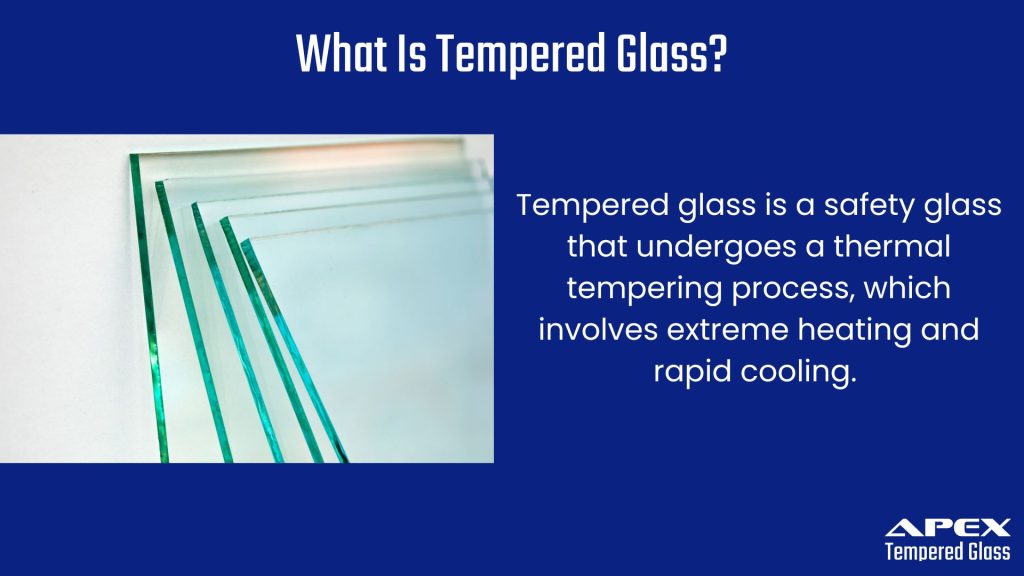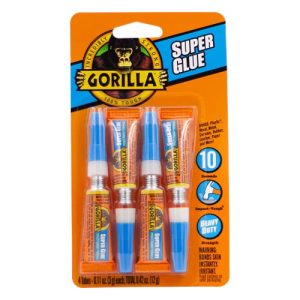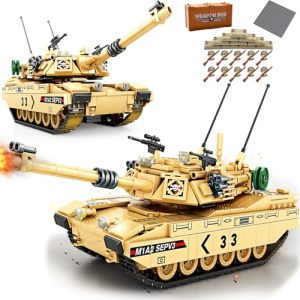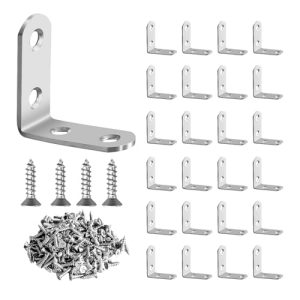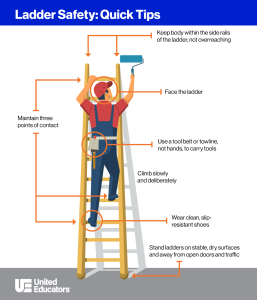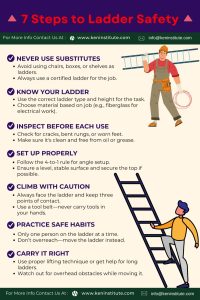Have you ever wondered if tempered glass is truly a safety glass? When it comes to protecting your home, car, or workplace, knowing the difference matters.
You want to be sure that the glass you rely on can keep you safe from accidents and breakage. You’ll discover what makes tempered glass special, how it works to protect you, and why it might be the best choice for your safety needs.
Keep reading to find out the truth about tempered glass and how it can give you peace of mind every day.

Credit: m.facebook.com
What Is Tempered Glass
Tempered glass is a type of safety glass designed to be stronger and more durable than regular glass. You might have seen it in car windows, shower doors, or smartphone screens. Its unique strength and safety features come from a special manufacturing process and distinct physical properties.
Manufacturing Process
Tempered glass starts as regular glass that is cut and shaped to the desired size. It is then heated to around 620°C (about 1148°F), which softens the glass surface. After heating, the glass is rapidly cooled using blasts of cold air.
This quick cooling creates tension between the inner and outer surfaces of the glass. The outer surfaces harden faster and compress the inner layers. This process makes the glass much stronger than untreated glass.
Key Properties
One key property of tempered glass is its strength. It is about four to five times stronger than regular glass of the same thickness. This makes it more resistant to impacts and temperature changes.
Another important feature is how it breaks. Instead of shattering into sharp, dangerous shards, tempered glass crumbles into small, blunt pieces. This reduces the risk of serious injury if the glass breaks.
Have you ever wondered why some glass is labeled as “safety glass” but looks similar to regular glass? The answer lies in these key properties and the manufacturing process that gives tempered glass its unique strength and safety benefits.

Credit: www.defenselite.com
Why Tempered Glass Is Considered Safety Glass
Tempered glass is widely recognized as safety glass due to its unique properties that enhance protection and reduce injury risks. Understanding why tempered glass is considered safety glass helps you make smarter choices for your home or workplace. Let’s break down the key reasons that set tempered glass apart from regular glass.
Impact Resistance
Tempered glass is much stronger than regular glass. It can withstand greater force without breaking, making it ideal for areas prone to impact.
Think about a busy kitchen or a car window. Tempered glass stands up better to accidental bumps and knocks, giving you peace of mind.
Have you ever noticed how often glass breaks in your environment? Choosing tempered glass reduces these incidents significantly.
Shatter Behavior
What makes tempered glass truly safe is how it breaks. Instead of sharp shards, it crumbles into small, blunt pieces.
This shatter behavior lowers the chance of serious cuts or injuries if the glass breaks unexpectedly.
Imagine a child playing near a glass door—tempered glass can prevent dangerous accidents by breaking safely.
Heat Resistance
Tempered glass tolerates high temperatures and sudden changes better than regular glass.
This heat resistance prevents it from cracking under stress, such as in ovens, fireplaces, or sun-exposed windows.
Have you ever seen glass crack after a hot pot was placed on it? Tempered glass handles this without breaking, adding safety and durability.
Comparison With Other Safety Glass Types
Tempered glass is widely recognized as a type of safety glass. To understand its unique qualities, it helps to compare it with other safety glass types. Laminated glass and annealed glass are two common alternatives. Each has distinct features that suit different applications.
Laminated Glass
Laminated glass consists of multiple layers bonded with a plastic interlayer. This construction holds the glass together during impacts. It is often used in car windshields and storefronts. Unlike tempered glass, laminated glass doesn’t shatter into small pieces. Instead, it forms cracks while remaining intact. This feature enhances security and reduces injury risks.
Another benefit of laminated glass is its soundproofing ability. The interlayer dampens noise, making it ideal for sound-sensitive environments. Tempered glass, on the other hand, is less effective in blocking noise.
Annealed Glass
Annealed glass is regular glass that has been slowly cooled. This cooling process reduces internal stress, making it less likely to break under minor pressures. While annealed glass is cost-effective, it is not as strong as tempered glass. When broken, it forms sharp shards, increasing the risk of injury.
In comparison, tempered glass is four to five times stronger. It also breaks into small, blunt pieces, which are safer. Annealed glass is typically used in applications where safety is not a primary concern, like picture frames or basic windows.
Common Uses Of Tempered Safety Glass
Tempered safety glass is a durable and versatile material. Its strength and shatter-resistant properties make it essential in many industries. Below are the most common applications of tempered safety glass.
Automotive Applications
Tempered glass is widely used in vehicle windows and windshields. It provides safety by breaking into small, blunt pieces on impact. This reduces the risk of serious injuries. Automakers also use it for sunroofs and rear windows. Its clarity and strength enhance both functionality and aesthetics.
Building And Construction
In construction, tempered glass is a key material for windows and doors. It is preferred for its resistance to thermal stress and impacts. Architects use it in skylights, facades, and glass walls for structural integrity. Shower enclosures and balcony railings also benefit from its safety features. Its sleek appearance makes it popular in modern designs.
Consumer Electronics
Tempered glass is a crucial component in electronic devices. Smartphone screens use it to resist scratches and cracks. Tablets and laptops also feature tempered glass for durability. It ensures screens stay intact during accidental drops. Manufacturers rely on it for its protective and aesthetic qualities.
Testing And Certification Standards
Testing and certification standards ensure tempered glass meets strict safety requirements. These standards confirm the glass can withstand impact and temperature changes without breaking dangerously. Certification offers trust for manufacturers and consumers. It verifies the glass is truly safety glass.
Safety Regulations
Tempered glass must comply with various safety laws worldwide. These laws set the minimum strength and durability levels. They include standards like:
- ANSI Z97.1 in the United States
- BS 6206 in the United Kingdom
- EN 12150 in Europe
- AS/NZS 2208 in Australia and New Zealand
These regulations define testing methods for impact resistance and break patterns. Tempered glass breaks into small, blunt pieces, reducing injury risk. Compliance with these rules is mandatory for safety glass products.
Quality Assurance Methods
Manufacturers use strict quality checks during production. These checks confirm uniform thickness, strength, and heat treatment. Common tests include:
- Thermal tempering verification
- Impact resistance testing
- Surface durability examination
- Visual inspection for defects
Independent labs often certify tempered glass following these tests. Certification marks on the glass show it passed all quality and safety tests. This process guarantees reliable and safe glass for everyday use.

Credit: aluminiummagazine.com
Limitations And Considerations
Tempered glass is widely praised for its strength and safety features, but it isn’t without its limitations. Understanding these aspects helps you make better decisions about where and how to use it. Let’s dive into some important considerations to keep in mind.
Potential Weaknesses
Tempered glass is strong, but it can still break under certain conditions. It is more likely to shatter if it has small chips or cracks, which can weaken its structure over time.
Unlike regular glass, tempered glass breaks into small, blunt pieces, reducing injury risk. However, once broken, it cannot be repaired and must be replaced completely.
Have you noticed tiny imperfections in glass after installation? These may seem harmless but could be stress points leading to unexpected breakage.
Handling And Installation Tips
Proper handling is critical to keep tempered glass intact. Avoid dropping or hitting edges sharply, as edges are the most vulnerable parts.
During installation, ensure the glass fits correctly without forcing it into place. Improper fit can cause stress and lead to cracks later on.
- Use gloves to prevent oils and dirt from weakening the surface.
- Support the glass evenly to avoid pressure points.
- Consult professionals for large or complicated installations.
Have you ever tried installing glass yourself and noticed subtle resistance? That’s a sign to check if the measurements are exact or if the glass is being stressed.
Taking these precautions will help you get the most out of tempered glass’s safety benefits while minimizing risks.
Future Trends In Tempered Glass Technology
Tempered glass has become a cornerstone of safety in various industries. Its durability and resistance make it ideal for automotive, architectural, and consumer products. As technology progresses, advancements in tempered glass promise even greater safety and efficiency. This section explores emerging trends shaping the future of tempered glass.
Innovative Strengthening Techniques
New methods are enhancing the strength of tempered glass. Scientists are researching nanotechnology to create glass with higher impact resistance. These techniques focus on reducing micro-cracks, which often weaken glass under stress. Laser treatments are another promising approach. They improve the glass surface, making it tougher and less prone to breakage.
Hybrid glass materials are also gaining attention. Combining tempered glass with polymers increases flexibility without losing its safety characteristics. This innovation offers stronger, lightweight materials for vehicles and buildings.
Sustainability Improvements
Environmental concerns are driving sustainable practices in glass production. Manufacturers are exploring energy-efficient processes to reduce carbon emissions during glass tempering. Recycling initiatives are growing, with more companies reusing tempered glass waste for new products.
Eco-friendly coatings are another development. These coatings help reduce energy consumption in buildings by improving insulation. Such advancements align with global efforts to create greener construction materials.
Frequently Asked Questions
What Is Tempered Glass Safety Glass?
Tempered glass is a type of safety glass. It is designed to shatter into small, harmless pieces when broken.
How Is Tempered Glass Made Safe?
Tempered glass is heat-treated to improve strength. It breaks into small, blunt fragments, reducing injury risks.
Is Tempered Glass Stronger Than Regular Glass?
Yes, tempered glass is stronger than regular glass. It resists impact and thermal stress better than standard glass.
Can Tempered Glass Be Used In Windows?
Yes, tempered glass is commonly used for windows. It provides durability and safety in residential and commercial applications.
Conclusion
Tempered glass offers strong protection and breaks safely. It is tougher than regular glass and reduces injury risks. This safety glass suits many uses like windows and doors. Always choose tempered glass for safer, durable installations. Knowing its benefits helps you make smart choices.
Safety matters, and tempered glass delivers just that.


